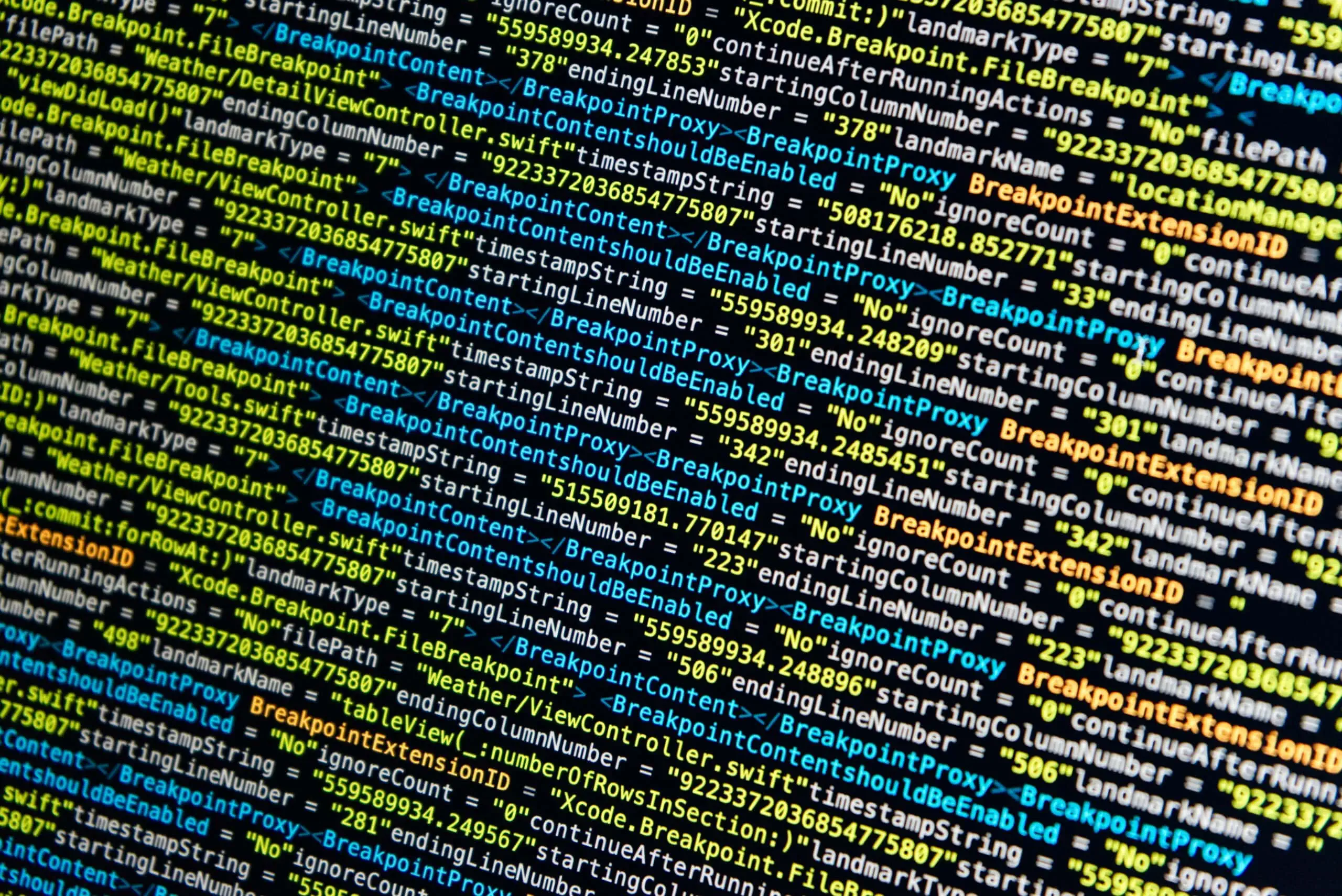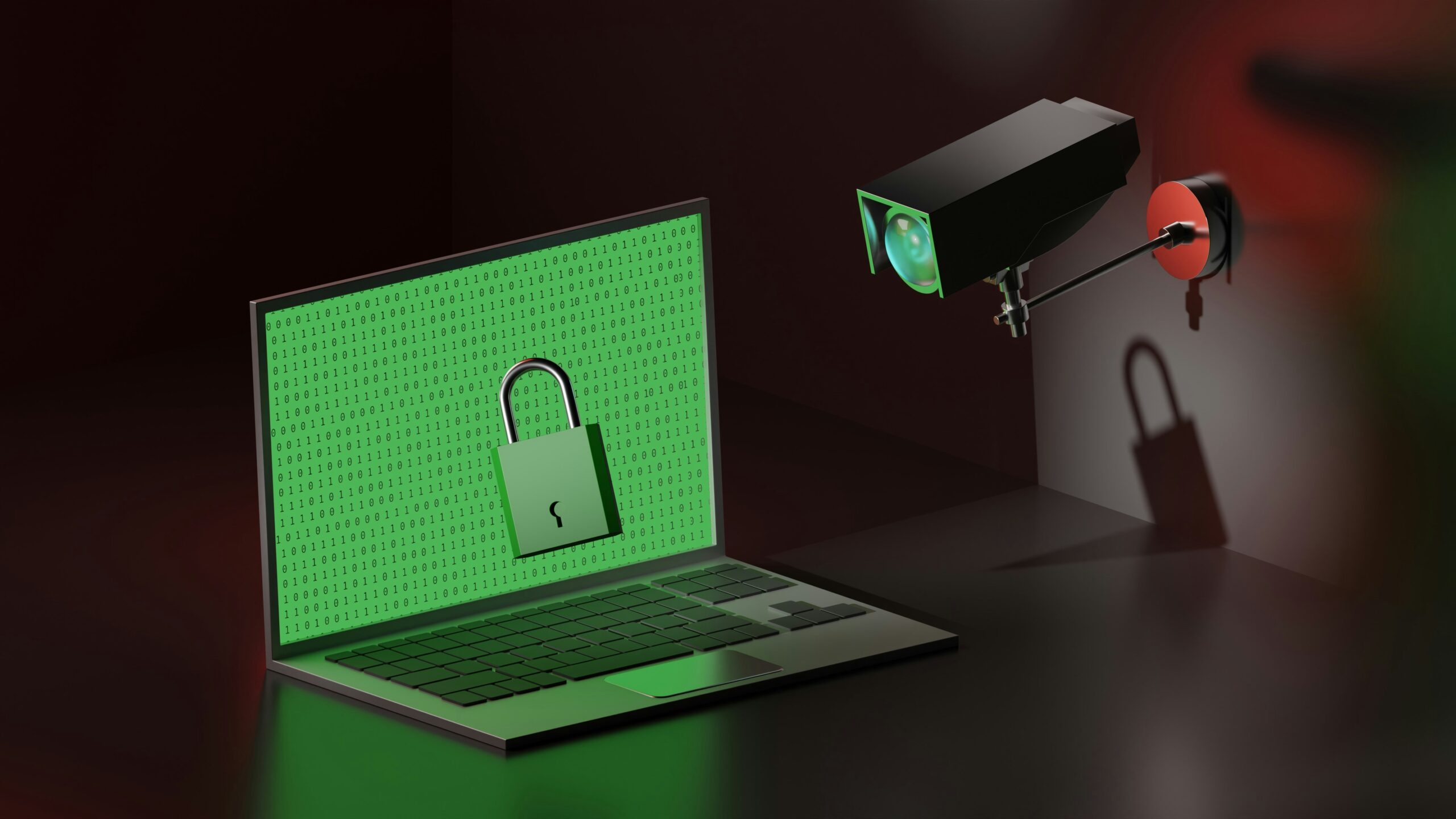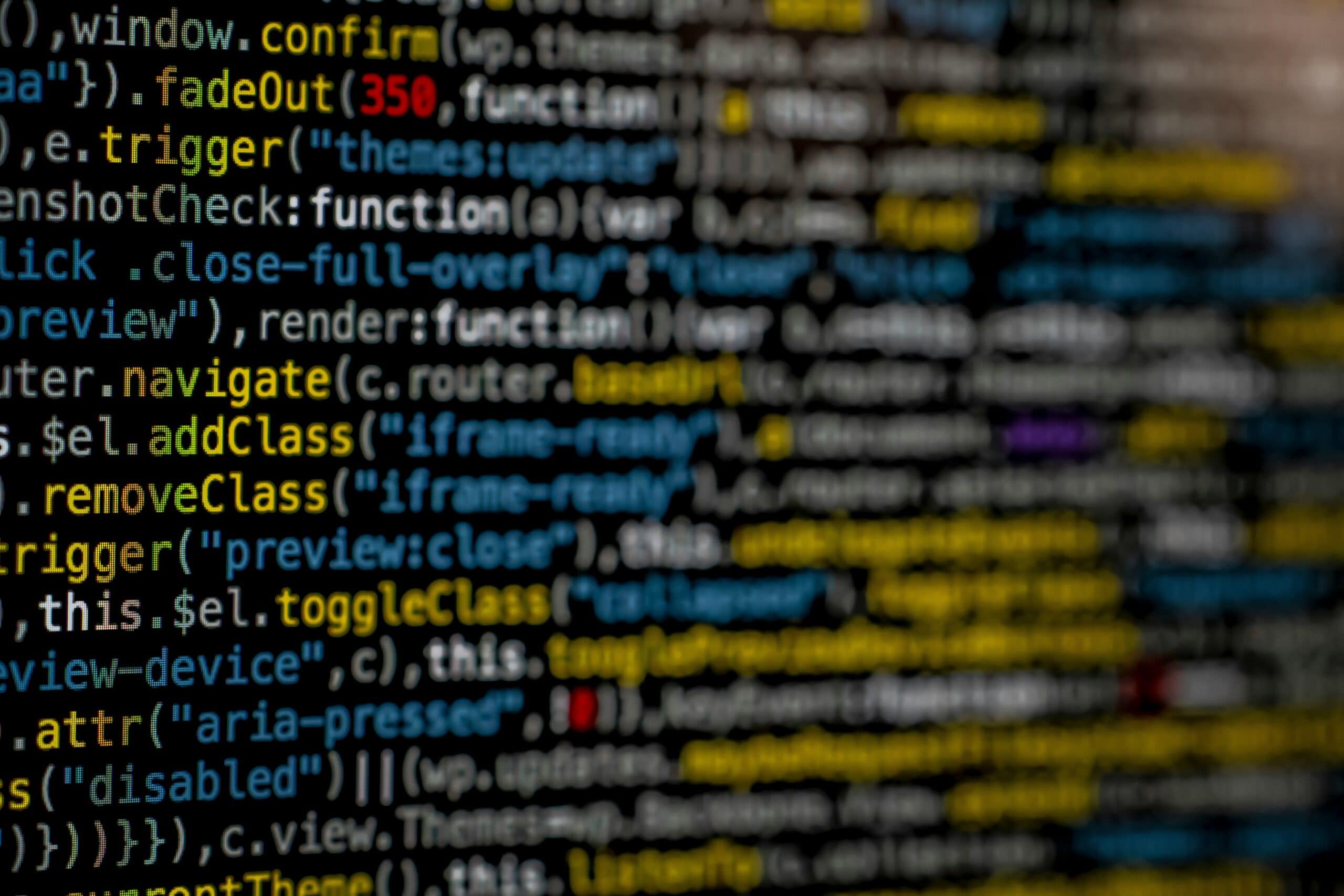Introduction: What is PII in Cyber Security?
As organizations increasingly rely on digital systems, protecting Personally Identifiable Information (PII) has become a cornerstone of cybersecurity strategies. PII refers to any data that can be used to identify an individual, such as names, addresses, social security numbers, or biometric records.
In this blog, we delve into the types of PII, the risks associated with PII exposure, and practical measures for its protection.

The Types of PII
Personal Identifiable Information (PII) includes different types of data that can uniquely identify individuals. Understanding these types is crucial for effective data protection strategies. At K3 Technology, we categorize PII into three main types:
Personal Identifiable Information (PII): This includes standard information like names, addresses, phone numbers, and email addresses, which are commonly used for identification purposes.
Sensitive PII: This category comprises more sensitive data, such as social security numbers, driver’s license numbers, passport numbers, and financial account information. Unauthorized access to this information can lead to severe consequences, including identity theft and financial fraud.
Non-sensitive PII: While not as critical as sensitive PII, non-sensitive PII still holds value and includes data like gender, date of birth, and ethnicity. While this information may not pose an immediate risk if exposed, it can still be leveraged for malicious purposes when combined with other data.
By understanding the different types of PII, organizations can better tailor their cybersecurity measures to protect against potential threats and safeguard sensitive information effectively.

Direct vs Indirect Identifiers
PII can also be classified into two main categories: direct identifiers and indirect identifiers.
Direct Identifiers: These are pieces of information that directly point to or identify an individual. Examples of direct identifiers include:
-
- Full name
- Social Security Number (SSN)
- Passport number
- Biometric data (e.g., fingerprints, facial recognition)
Direct identifiers provide clear and unambiguous links to specific individuals, making them highly sensitive and valuable targets for malicious actors.
Indirect Identifiers: Unlike direct identifiers, indirect identifiers alone may not immediately identify an individual. However, when combined with other information, they can be used to identify or infer the identity of an individual. Examples of indirect identifiers include:
-
- Zip code
- Date of birth
- Gender
- Occupation
While these pieces of information may not seem sensitive on their own, when combined with other data points, they can reveal personal details and compromise privacy.
Both direct and indirect identifiers fall under the broader category of Personally Identifiable Information (PII). Understanding the distinction between these types of identifiers is crucial for organizations when assessing the sensitivity of data they collect and determining appropriate measures for its protection.

PII vs PHI vs PCI DSS
To fully understand what is PII in cyber security, it is important to recognize the distinctions between Personal Identifiable Information (PII), Protected Health Information (PHI), and Payment Card Industry Data Security Standard (PCI DSS).
PII refers to any data that can identify an individual, such as names, addresses, or social security numbers. If compromised, it can lead to identity theft or fraud.
PHI, on the other hand, pertains specifically to healthcare-related information that is protected under the Health Insurance Portability and Accountability Act (HIPAA). This includes medical records, treatment histories, and health insurance information. PHI requires heightened security measures due to its sensitive nature and the potential consequences of unauthorized access.
PCI DSS focuses on the security of payment card data to prevent fraud and data breaches within the payment card industry. It applies to organizations that handle credit card transactions and mandates specific security protocols to safeguard cardholder information. Compliance with PCI DSS standards is essential for maintaining trust and credibility with customers and financial institutions.
While all three categories involve the protection of sensitive information, they each have distinct characteristics and regulatory requirements.

Cyber Security Risks of PII Exposure
When it comes to cybersecurity, the exposure of Personally Identifiable Information (PII) poses significant risks to both individuals and organizations. Here are some of the main risks associated with PII exposure:
Identity Theft: PII, such as social security numbers and birth dates, can be exploited by cybercriminals to impersonate individuals and commit identity theft. This can result in financial losses, damage to credit scores, and reputational harm for the affected individuals.
Financial Fraud: PII, particularly financial account information like credit card numbers and bank account details, can be used to perpetrate various forms of financial fraud. Cybercriminals may use this information to make unauthorized purchases, withdraw funds, or open fraudulent accounts, leading to financial losses for both individuals and organizations.
Reputational Damage: In cases where organizations fail to adequately protect PII, the resulting data breaches can lead to significant reputational damage. Loss of trust from customers, partners, and stakeholders can have long-lasting consequences for the affected organization, including loss of business and legal ramifications.
Privacy Violations: PII exposure can also result in privacy violations, where individuals’ personal information is disclosed or used without their consent. This can lead to feelings of violation, loss of privacy, and erosion of trust in institutions that handle sensitive data.
By understanding and addressing these risks, organizations can take proactive steps to enhance their cybersecurity posture and protect both themselves and their customers from the harmful effects of PII exposure.

Laws and Regulations
In the realm of cybersecurity, protecting Personally Identifiable Information (PII) is not just good practice; it’s often mandated by laws and regulations.
One prominent regulation is the General Data Protection Regulation (GDPR), which applies to organizations that process the personal data of individuals within the European Union (EU). The GDPR imposes strict requirements on how PII is collected, processed, and stored, with hefty fines for non-compliance.
In the United States, the California Consumer Privacy Act (CCPA) is another significant regulation governing PII protection. The CCPA grants California residents certain rights over their personal information and requires businesses to provide transparency about their data practices and allow individuals to opt-out of the sale of their data.
Compliance with these laws and regulations is essential for organizations to avoid legal consequences, protect their reputation, and uphold the trust of their customers. By adhering to these standards, businesses can demonstrate their commitment to safeguarding PII and maintaining high standards of cybersecurity.

Best Practices for PII Protection
Employing best practices is paramount to mitigate risks effectively. At K3 Technology, we advocate for the following strategies to enhance PII protection:
Data Encryption: Utilize encryption techniques to secure PII both in transit and at rest. This ensures that even if data is intercepted, it remains unreadable without the appropriate decryption key.
Access Control: Implement strict access controls to limit who can view, edit, or delete PII within your organization. This includes using strong authentication methods and role-based access controls to restrict access to sensitive information.
Data Minimization: Adopt a principle of data minimization by only collecting and retaining the PII necessary for business operations. Regularly review and purge unnecessary data to reduce the potential impact of a breach.

Regular Audits and Monitoring: Conduct regular audits of systems and networks to identify vulnerabilities and ensure compliance with security policies. Implement robust monitoring mechanisms to detect unauthorized access or unusual activities related to PII.
Employee Training and Awareness: Educate employees about the importance of PII protection and provide training on security best practices. Foster a culture of cybersecurity awareness to empower employees to recognize and respond to potential threats effectively.
Incident Response Plan: Develop and regularly update an incident response plan to address potential PII breaches swiftly and effectively. Establish clear protocols for reporting incidents, investigating breaches, and notifying affected individuals or authorities as required by law.
By implementing these best practices, organizations can strengthen their cybersecurity defenses and minimize the risk of PII exposure, safeguarding both their reputation and the trust of their customers.
Frequently Asked Questions
RELATED TO: “What is PII in Cyber Security?”
What is PII?
According to the National Institute of Standards and Technology (NIST), Personally Identifiable Information (PII) is defined as any information that can be used to distinguish or trace an individual’s identity, either alone or when combined with other personal or identifying information.
Examples of PII include names, addresses, social security numbers, and biometric data.
Why is protecting PII important?
Protecting PII is crucial because it helps prevent identity theft, financial fraud, and privacy violations. Breaches of PII can lead to significant financial losses, reputational damage, and legal consequences for both individuals and organizations.
Is PII always confidential?
PII is not always confidential by default. Some PII, such as social security numbers and financial account numbers, are inherently confidential and require protection.
Other types of PII, like names and addresses, may not be considered confidential depending on the context. However, it is essential to assess the sensitivity of PII and apply appropriate security measures to protect it from unauthorized access or disclosure.
How do you handle PII data?
Handling PII data involves implementing robust security measures to safeguard it from unauthorized access, use, or disclosure. This includes:
- Encrypting PII both in transit and at rest
- Implementing access controls to restrict who can access sensitive information
- Minimizing the collection and retention of unnecessary PII
- Regularly auditing systems and networks for vulnerabilities
- Training employees on security best practices and awareness
- Developing and maintaining incident response plans to address breaches promptly and effectively
Conclusion: What is PII in Cyber Security?
Understanding Personally Identifiable Information (PII) is vital in the realm of cybersecurity. PII encompasses various types of data that can uniquely identify individuals, ranging from names and addresses to social security numbers and biometric records.
Protecting PII is not only a matter of safeguarding sensitive information but also a legal and ethical responsibility for organizations. By implementing best practices, businesses can mitigate the risks associated with PII exposure and uphold the trust of their customers and stakeholders.
By staying informed about the latest developments in cybersecurity and adhering to regulatory requirements, organizations can maintain a robust cybersecurity posture. Trust K3 Technology to guide to your business through this process.






